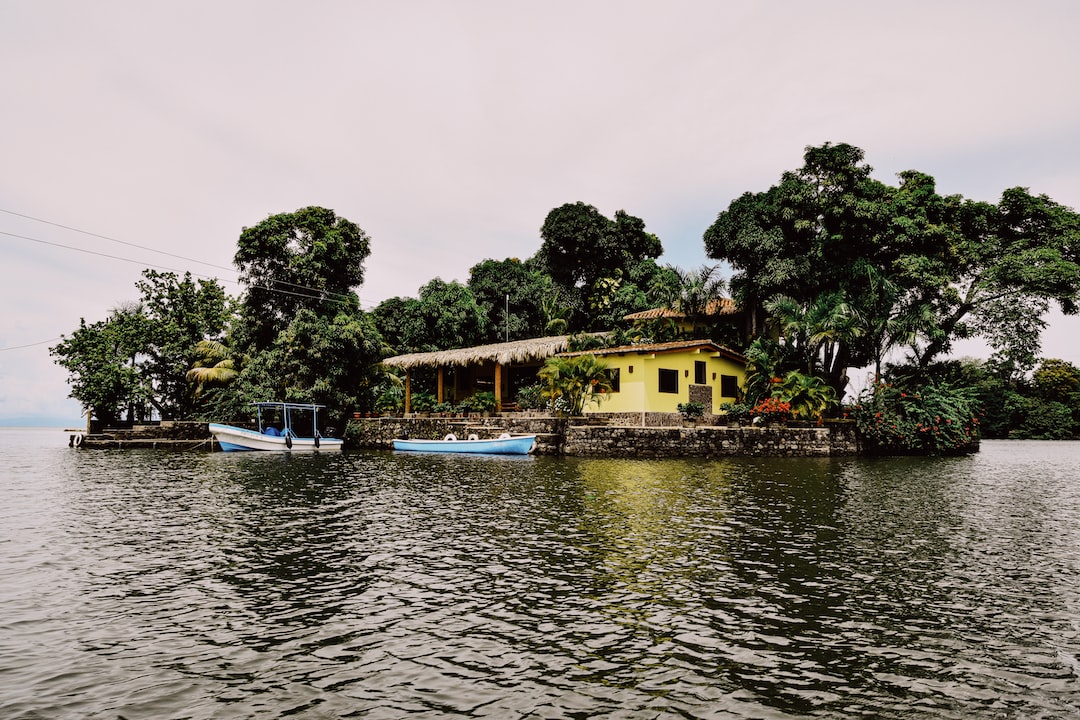Introducing Holesky: The New Ethereum Testing Network
The Ethereum Foundation is set to retire the Goerli testnet in January 2024, making way for a new testing network called Holesky. As per the Ethereum tradition of naming testnets after train stations, Holesky is derived from the metro station Nádraží Holešovice in Prague.
Key Points:
– The two commonly used Ethereum testnets are Goerli and Sepolia.
– Goerli, launched in 2019, has become popular among Ethereum developers for testing and experimentation.
– Goerli will be retired in January 2024, and developers are encouraged to transition to Sepolia.
– Holesky, a new testnet, will debut in September, primarily focusing on infrastructure and protocol development.
– Sepolia will continue to serve as the primary testing ground for Ethereum-based applications.
The Advantages of Holesky: Large Cap on ETH Supply
Ethereum testnets operate on parallel currencies, separate from the Mainnet ETH. For instance, Goerli uses GoETH as its test token. However, the distribution of test tokens on Goerli has faced limitations due to a restricted supply.
Key Points:
– Sepolia addresses the issue by having no hard cap on the total amount of test tokens (SepETH) in circulation, allowing faucet providers to distribute larger amounts to developers.
– Holesky will also have a fixed supply of testnet tokens, with a cap of 1.6 billion.
– This cap is significantly larger than the total supply of Mainnet ETH, which currently stands at around 120 million.
Closing Thoughts
Holesky, the upcoming Ethereum testing network, aims to provide a robust environment for infrastructure and protocol development. With a larger supply of test tokens compared to Mainnet ETH, developers can experiment freely and overcome the limitations faced on the retiring Goerli testnet. As Ethereum continues to evolve, the transition to Sepolia and the introduction of Holesky demonstrate the community’s commitment to enhancing the testing experience for developers.





 By
By
 By
By

 By
By

 By
By